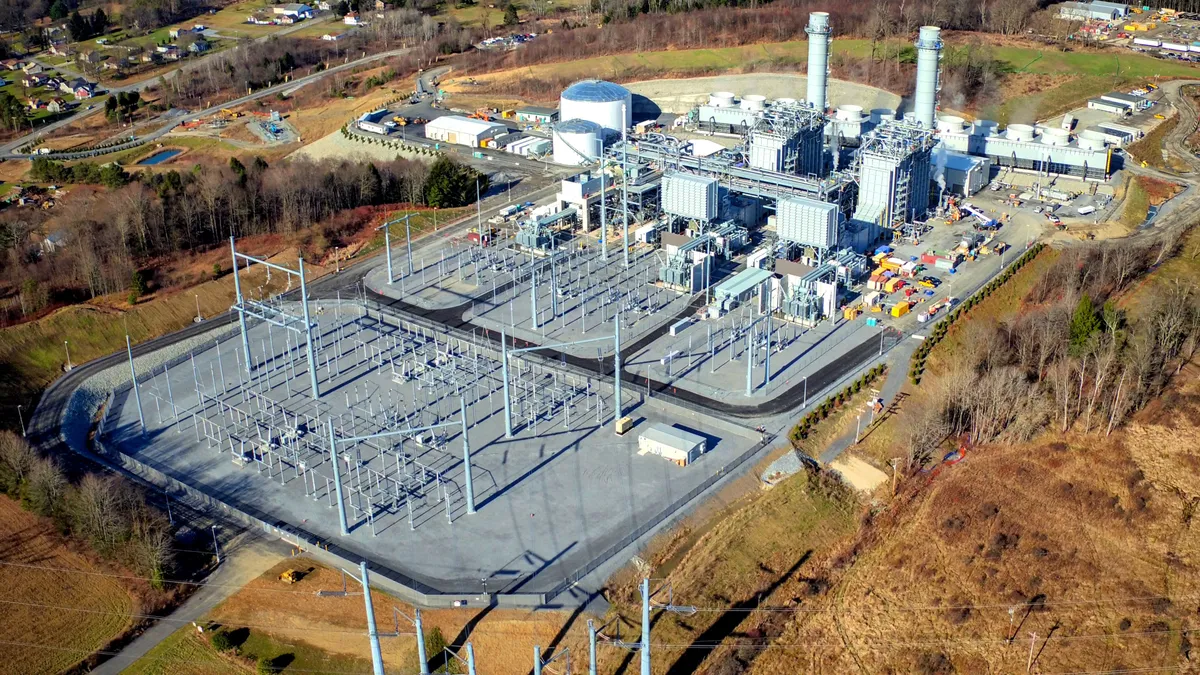The following is a contributed article by Deborah A. Carroll, Associate Professor, and Kelly A. Stevens, Assistant Professor, in the School of Public Administration at the University of Central Florida as well as John W. Rowe, chairman emeritus of Exelon Corporation who also serves on the board of advisors of the Alliance for Market Solutions.
In the United States, electricity generation has undergone a remarkable transformation since 2012, when one of us (Rowe) retired from leadership in the utility industry. Natural gas combined cycle (NGCC) generation has surged nearly 100% while coal-powered generation is down by half.
This transformation has led to a dramatic decline in carbon dioxide (CO2) emissions from the utility sector because NGCC power plants emit half the CO2 of an equivalent coal-powered plant. But today's NGCC plants represent an underutilized source of low-carbon electricity because they run, on average, at roughly 50% capacity.
Some policymakers interested in further reducing CO2 emissions have understood that increased natural gas utilization is an important component of a cleaner electric grid. While the Obama Administration pursued a regulatory approach to force this outcome, we believe that a more efficient way to achieve this goal is with a tax on carbon emissions.
Two of us (Stevens and Carroll) recently released a white paper that models the impact of a revenue-neutral carbon tax on the capacity utilization of NGCC plants. We highlight here three important findings:
1. Holding constant the size of the existing fleet of NGCC plants, a $50/ton carbon tax would lead NGCC capacity utilization to increase to almost 65%. This would reduce carbon emissions in the electricity sector by 159 million metric tons, or 9%, per year in the short term.
2. Still looking only at existing capacity, we analyze the impact of higher and lower carbon tax rates. A $10/ton tax, for example, would increase NGCC utilization to reduce carbon emissions by 3% in the short term. Reaching a very high NGCC utilization target, such as the 75% utilization rate proposed in the Clean Power Plan, would require a carbon tax in excess of $200/ton.
3.We also consider a world where the size of the NGCC fleet is growing in the short term. The Department of Energy's Energy Information Administration predicts that NGCC power generation will increase 34% by 2026 if the status quo is preserved. We find that a $50/ton carbon tax would boost growth in NGCC-powered electricity generation to more than 70% by 2026, reducing CO2 emissions by 10.5% more than the status quo scenario.
Beyond the specific empirical results from this research, we find an important broader lesson.
The relative price advantage of natural gas over coal has led to the utility sector's transformation and a reduction in CO2 emissions. To further that evolution in order to address climate change, policymakers can set mandates, or they can capture the power and effectiveness of market-based approaches.
Taxing carbon emissions would increase the price discrepancy between natural gas and coal and appropriately build into the prices the cost of CO2 emissions on the economy and our society. Once this is in place, the electricity market will work diligently to reoptimize how it generates reliable power, and even one meaningful change will be a boost to natural gas markets.
But such a policy is not narrowly targeted toward natural gas, and that's a good thing.
As the United States transitions away from coal-powered electricity generation, households and businesses across the economy need reliable alternative sources of electricity. Right now, as wind and solar energy become a larger and larger share of electricity generation, their intermittency is a challenge, and we don't yet have large-scale, affordable storage technologies.
Because a carbon tax is technologically neutral, it would provide a strong incentive not only for greater natural gas utilization, but also for a host of innovations, including large-scale electricity storage, carbon capture and sequestration, and renewable energy generation technologies.
We recognize that tax cuts and tax subsidies may garner more political appeal than a new tax. But we believe that the merits of such an approach — one based on market principles — should not be evaluated in a policy vacuum.
Ultimately, a revenue-neutral carbon tax will prove less burdensome on the economy than a non-market-based approach to achieve a narrower target, or costly subsidies that deem winners and losers among industry stakeholders.





















